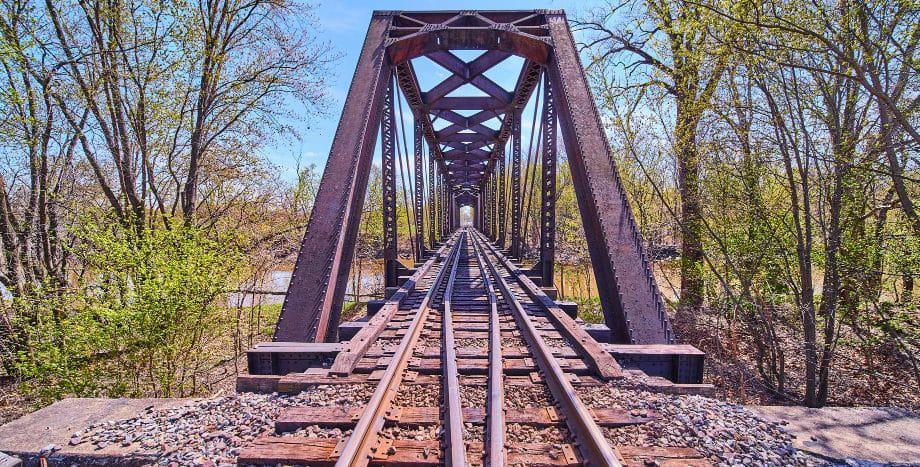A railroad tie also called a crosstie is a rectangular piece of wood (prestressed concrete, stone and plastics in some situations) which supports the railroad tracks.
As any other wood product exposed to the outdoors environment, in order to stay preserved for extended periods of time, it needs to be treated.
So What Are Railroad Ties Treated With?
Wooden railroad ties are treated with both toxic and non-toxic preservatives, while some of them are not treated at all.
One of the most used preservatives to treat the wood railroad ties against rotting, insect infestation and few other timber diseases, is Creosote.
Some of the other toxic preservatives used to treat railroad ties are pentachlorophenol and chromated copper arsenate.
As mentioned above, there are few non-toxic treatments for railroad ties, which are copper azole or micronized copper.
The latest technology used by the railroad ties manufactures, uses Boron based application.

What Is Creosote & Why Are Railroad Ties Treated With It?
Creosote is derived from the distillation of tar from wood or coal. The product resulting with this active ingredient is used to treat wood against termites, fungi and a few other pests.
Creosote used for treating railroad ties is oil based, where the oil also acts like a lubricant between the wooden tie and the plate, reducing the friction.
Furthermore creosote acts as a sealer, seals the wood and prevents water from entering it and destroying it. It slows down this process drastically.
Untreated wood exposed to outdoor environments will quickly deteriorate. That’s why Creosote and other preservatives play a huge role in treating the railroad ties.
What Are Railroad Ties Made Of? Why Use Wood?
Railroad ties can be made out of wood, prestressed concrete, stone, steel or plastics.
The most widely used material for railroad ties is wood, with a market share of over 93% in the United States. There are a couple of main reasons why the majority of railroad ties are made from wood.
Originally, when the railroads were being built, wood was the only option available. The U.S has huge amounts of wood readily available, it was cheap and it was also flexible. All these reasons made it the perfect railroad tie.
The flexibility of wood made it perfect for absorbing shock from the heavy trains which in-turn minimises wear and tear on the train and track.
Furthermore wooden railroad ties do not conduct electricity. Highly important for obvious reasons.
If a piece of hardwood railroad tie is treated, it can last for over 40 years, out surviving the other materials used for this purpose.
It is environmentally friendly, although this is a debatable topic of another day. However, wood performs great under the heavy weight of a trains vibration, which simply makes it a great material for this purpose.
What Kind Of Wood Are Railroad Ties Made Of?
There are two types of wood used for making the railroad ties, softwood and hardwood.
Softwood railroad ties are easier to be produced, cheaper and lighter, largely available but also more susceptible to wear. Examples of softwood used to make railroad ties are douglas fir and juniper. Softwood railroad ties were more broadly used in the west of the country, where hardwood was less available.
Hardwood railroad ties started to be more common after 1970, today most of the railroads use hardwood for railroad ties. Examples of hardwood used to make railroad ties are oak, hickory, black locust and few more.
Looking to get used free railroad ties? Read this article.
